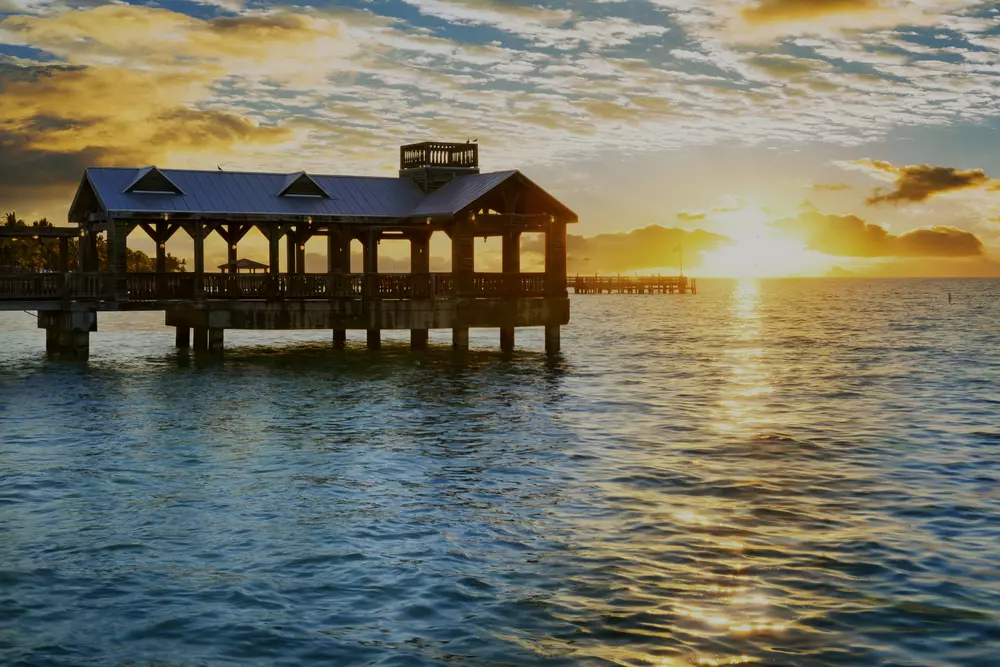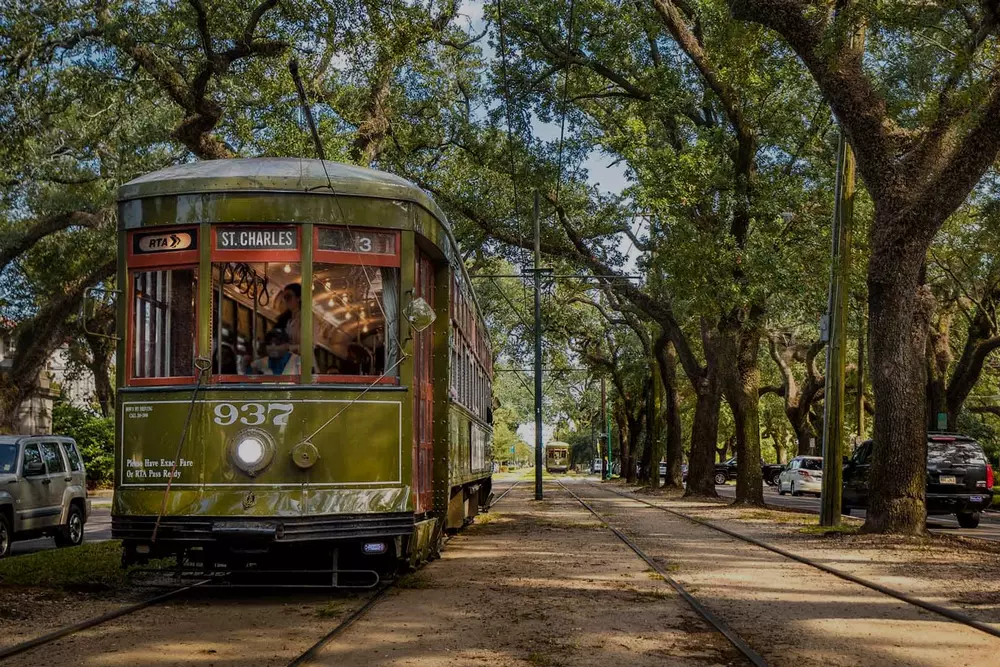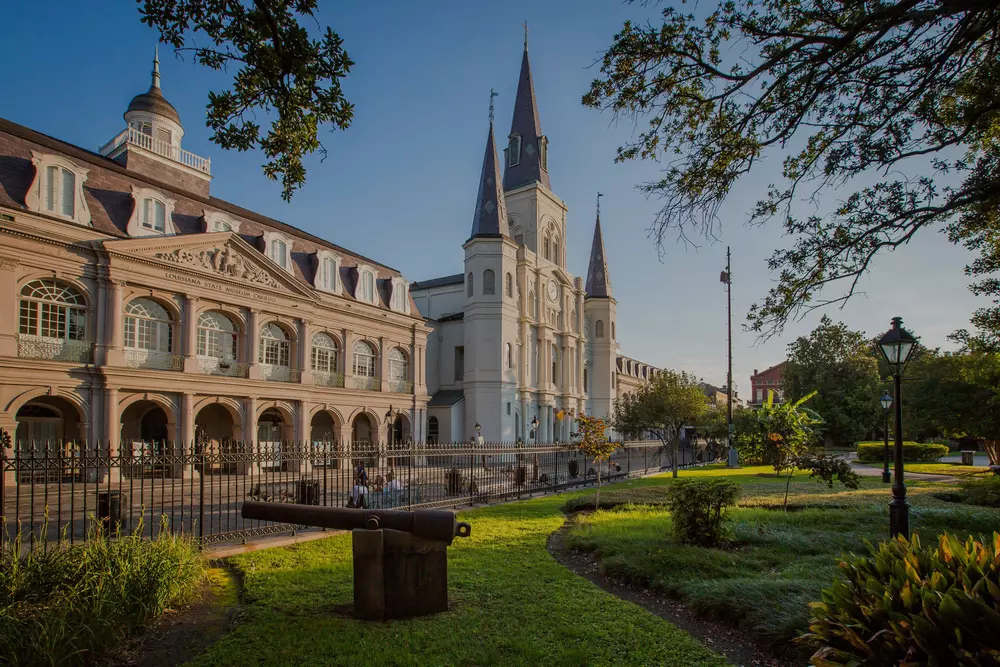Nicholas Giraud House is a three-story brick stucco building with a hipped roof and a dome, also known as Napoleon's house. It was designated a National Historic Landmark in 1970 as one of the finest examples of French architecture. The history of the owner is an integral part of the building itself.
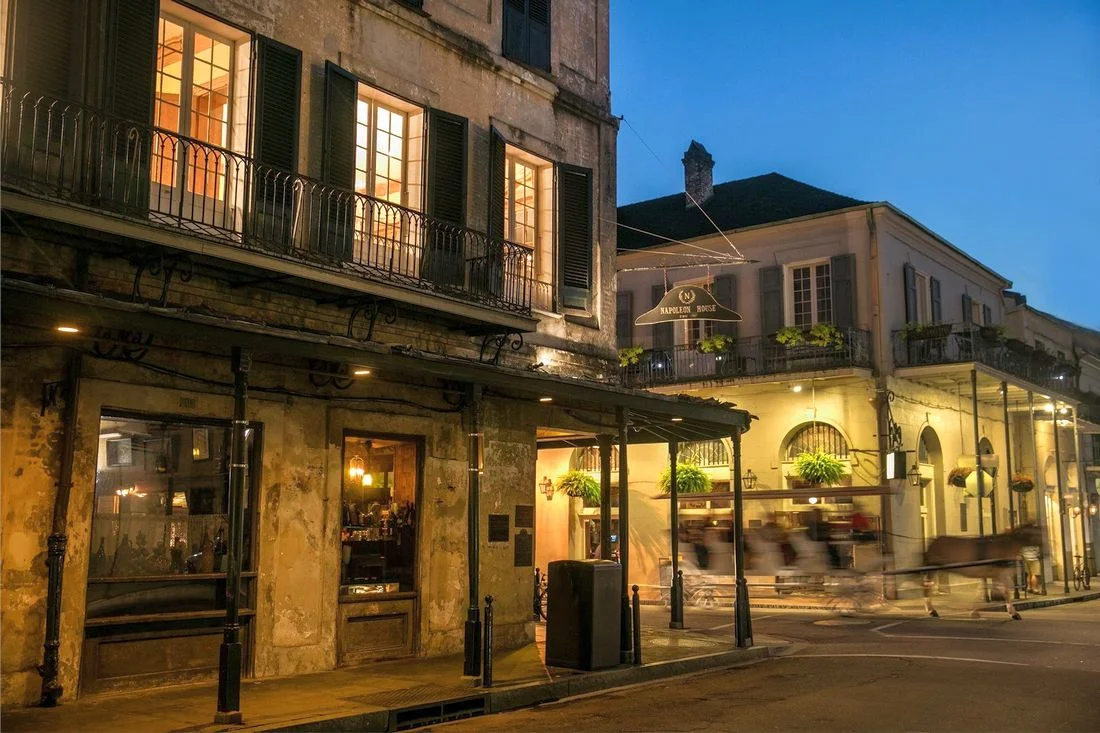
The Story of Nicolas Giraud
Nicolas Giraud was born in France in 1747. In the 1770s, he and his brothers, Claude François and Jean François, immigrated to North America. They settled in New Orleans, which was then under Spanish rule but had a significant French population.
The brothers' trade flourished — they ran a wholesale and retail store near the levee and quickly gained popularity. Nicolas became a well-known figure, and in 1812, he was elected Mayor of New Orleans, by then a part of the United States. The inauguration ceremony was conducted in French since Girod did not speak English. When suggested that he improve his English skills, he famously retorted that it would be better for the citizens to learn French. His stance was seen as justifiable.
Giraud was not one for trivialities — during his tenure, roads were paved with gravel, and a drainage canal was constructed. During the Battle of New Orleans, Giraud assisted General Andrew Jackson in assembling a militia from the local residents. He also supplied the military and protected the city from partisan actions. It is said that his motivation stemmed more from a hatred of the British than a love for the Americans.
Giraud never married or had children. When his neighbor died, he became the guardian of three children. One of these children later sued him for illegally managing their father's estate. Nicolas died in his home at the age of 93, but he is still remembered today for his intriguing adventures and legacy.
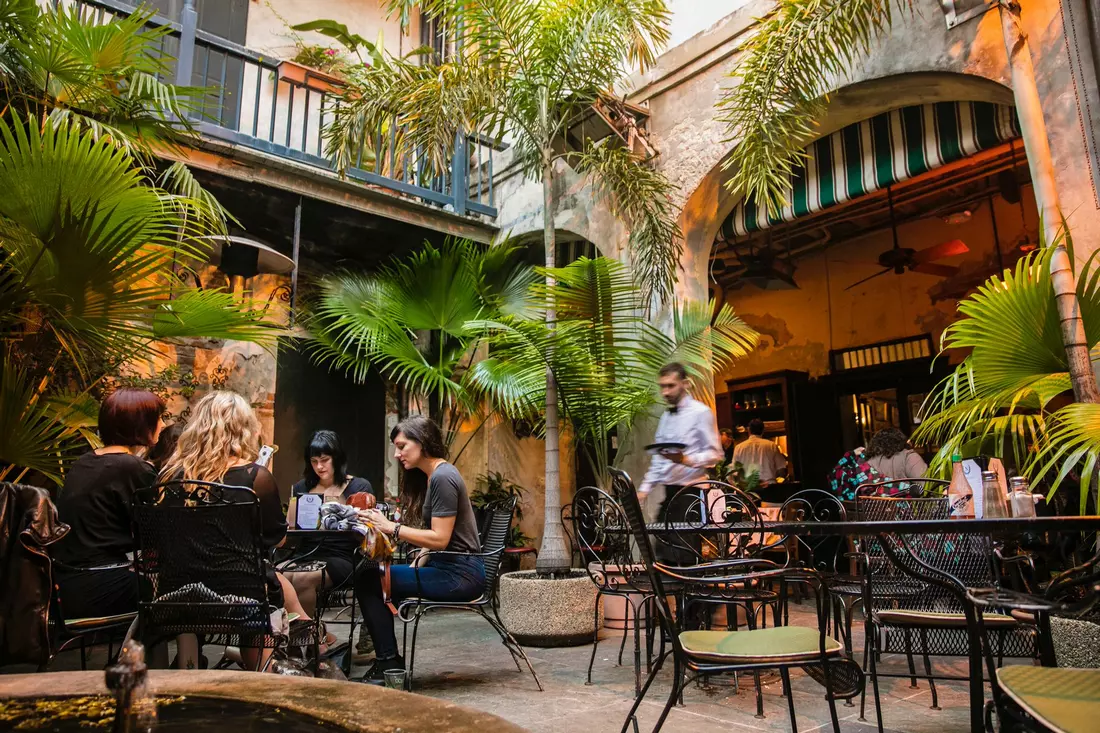
The Legend of Napoleon's House
Giraud retired in 1815. His brother Claude had passed away a year earlier, leaving Nicolas a two-story house as an inheritance. Girod remodeled the house, adding another story to it. The ground floor housed a store, and Giraud himself lived on the upper floors.
Later, Nicolas began to position the house as a residence for Napoleon. He organized a group of pirates to rescue the former emperor from exile on Saint Helena. The plan was straightforward — to swiftly sail to Saint Helena, eliminate the British guards, locate the emperor, escort him to a fast yacht, and sail to America. It's unclear whether Napoleon knew of this scheme, and if so, what he thought about it.
As the work on equipping the yacht continued, Nicolas furnished his home in all the grandeur befitting a sovereign's abode in a democratic country. However, the plan failed: Napoleon died three days before the team's departure, thwarting the adventurers' plans. But the house remained. The story first appeared in print in the late 19th century, was widely covered in the press in the early 20th century, and remains popular today. Unfortunately, there is little evidence to support it — eyewitness accounts vary in details.
Napoleon's House is not the only reminder of the emperor in New Orleans. Dr. François Antommarchi, who was Napoleon's physician in exile, gave the city a copy of the death mask, which is displayed in the Louisiana State Museum. One of the city's main thoroughfares is named after Napoleon, flanked by streets named after his battles. Thus, the memory of the emperor, who once sold Louisiana to the USA, is not likely to leave these parts anytime soon.
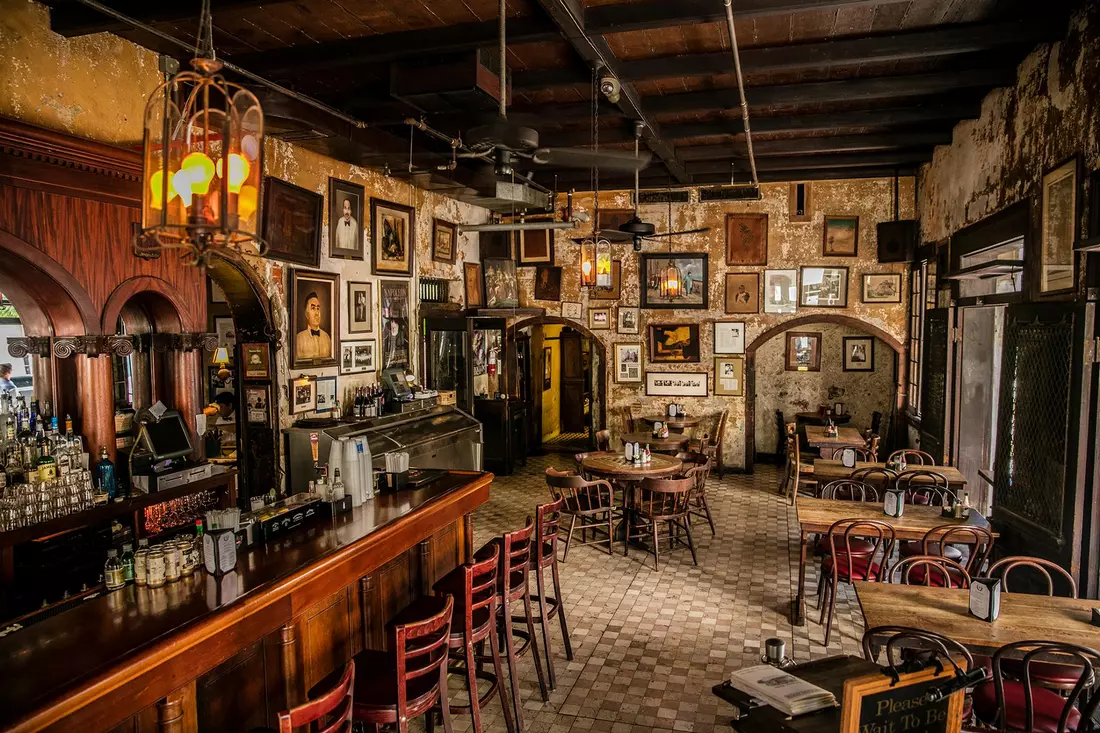
What Happened to the Giraud House
The Giraud family lived in the Napoleon House until the end of the 19th century. In the early 1900s, the building changed hands among various parties. In 1914, Joseph Impastato purchased the house, running a grocery store on the ground floor and living upstairs with his family. By 1920, the building had become a bar, and in the 1970s, it transformed into a restaurant. The Napoleon House remained in the Impastato family's hands for 101 years. In April 2015, it was sold to restaurateur Ralph Brennan.
For Napoleon enthusiasts, the new restaurant is a must-visit. Guests can enjoy delicious food and drinks surrounded by paintings of Napoleon. The deeply patinated walls, uneven floors, glowing photographs, and a plethora of quotes from famous guests all echo the house's history.
The restaurant serves traditional New Orleans cuisine, including gumbo, jambalaya, red beans and rice, and boudin sausages. However, it is especially famous for its muffuletta sandwich with sesame and the Pimm’s Cup cocktail.

Additional information
-
Address
500 Chartres St, New Orleans, LA 70130
-
Phone
+1-504-524-9752
-
Working hours
- Sun – Thu: 11:00 am – 10:00 pm.
- Fri – Sat: 11:00am – 11:00 pm.
-
Web site
| Address | 500 Chartres St, New Orleans, LA 70130 |
| Phone | +1-504-524-9752 |
| Working hours |
|
| Web site |
American Butler invites you to explore this unique place and personally experience the spirit and traditions of the city. Our team offers exclusive tours and organized visits that will allow you to enjoy the beauty and history of New Orleans. With us, your journey will be not only informative but also unforgettable.
American Butler will make your trip to New Orleans truly special and unique.

























